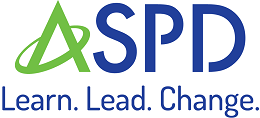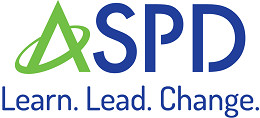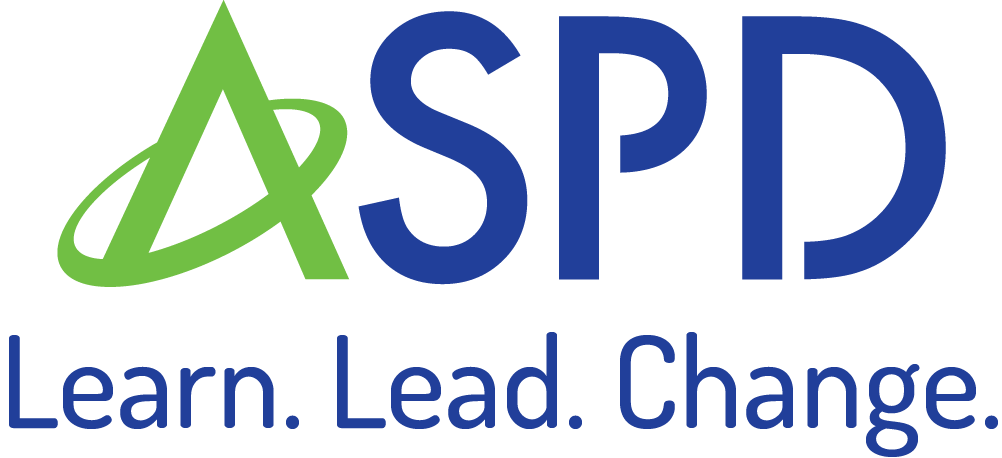WIDA Gr 1 IntERpRetive and Expressive
A
| Level | Discourse (Organization of Language) | Sentence (Cohesion of Language) | Word/Phrase (Density & Precision of Language) |
|---|---|---|---|
| Level 1 - Starting | Interpretive:
Understands simple, repetitive text structures on familiar topics (e.g., "all about pandas"). Expressive: Uses single words or short phrases to express ideas. |
Interpretive:
Connects ideas with repetitive patterns or phrases (e.g., "Brown bear, brown bear…"). Expressive: Uses patterned repetitive language (e.g., "big, hungry bear…"). |
Interpretive:
Recognizes simple nouns for familiar objects (e.g., "dinosaurs"). Expressive: Begins using basic phrases in familiar contexts (e.g., "classroom helpers"). |
| Level 2 - Emerging | Interpretive:
Follows short sentences within familiar topics. Expressive: Begins combining phrases to convey a purpose. |
Interpretive:
Recognizes frequent cohesive devices like demonstratives ("this," "that"). Expressive: Uses repetitive chunks (e.g., "The tiger… the tiger…"). |
Interpretive:
Expands noun groups with simple adjectives (e.g., "big dinosaur"). Expressive: Uses familiar topic phrases (e.g., "Would you like to…?"). |
| Level 3 - Developing | Interpretive:
Understands related sentences on structured topics (e.g., habitats). Expressive: Forms sentences for basic communication purposes. |
Interpretive:
Begins using basic pronoun referencing (e.g., "it," "they"). Expressive: Uses simple pronouns to maintain cohesion. |
Interpretive:
Expands noun groups with descriptive phrases (e.g., "big and hungry dinosaur"). Expressive: Uses basic topic-specific phrases (e.g., "Plant the seeds"). |
| Level 4 - Expanding | Interpretive:
Follows short, purposeful paragraphs with connected ideas. Expressive: Creates short texts with organized sequence. |
Interpretive:
Recognizes synonyms and antonyms as cohesive devices. Expressive: Expands cohesion with familiar articles (e.g., "that one," "so did I"). |
Interpretive:
Uses expanded noun groups with classifiers (e.g., "biggest meat-eating dinosaurs"). Expressive: Uses precise phrases (e.g., "the red ball"). |
| Level 5 - Bridging | Interpretive:
Understands genre-neutral texts with clear patterns. Expressive: Produces organized texts with a start, middle, and end. |
Interpretive:
Utilizes a variety of cohesive devices for complex connections. Expressive: Uses cohesive devices like "then," "and" across larger ideas. |
Interpretive:
Expands noun groups with prepositional phrases (e.g., "dinosaurs in the jungle"). Expressive: Applies topic-relevant phrases (e.g., "How many red triangles?"). |
| Level 6 - Reaching | Interpretive:
Follows fully organized, structured texts with a variety of patterns. Expressive: Creates coherent texts with a clear organizational structure. |
Interpretive:
Applies advanced cohesive tools for complex ideas. Expressive: Uses cohesive devices to connect larger ideas across the text. |
Interpretive:
Uses detailed noun groups with embedded clauses (e.g., "dinosaurs who lived long ago"). Expressive: Employs idioms and nuanced phrases (e.g., "saving time"). |


